(953 products available)


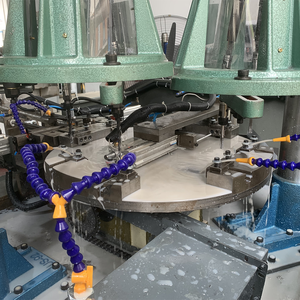














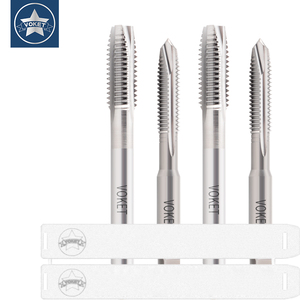
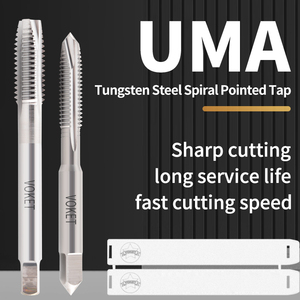


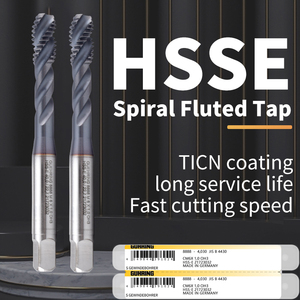

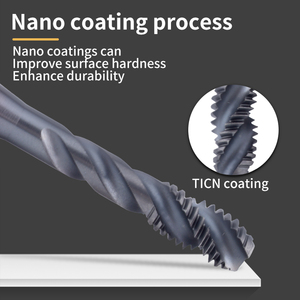







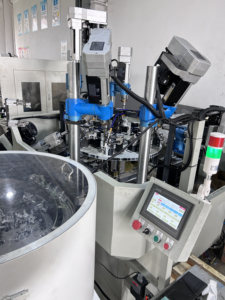
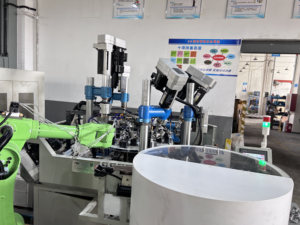
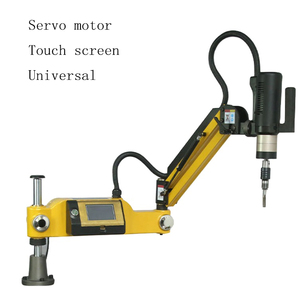
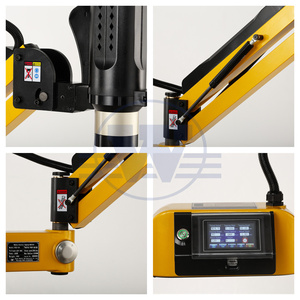





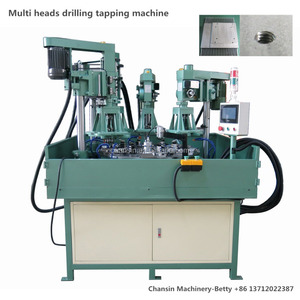

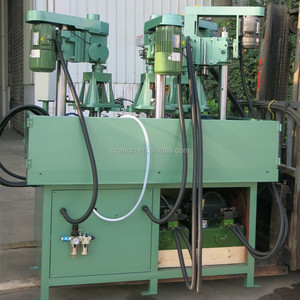

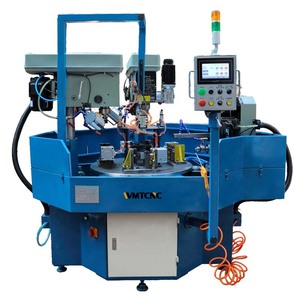
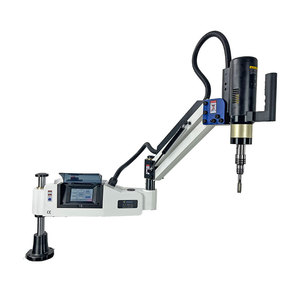




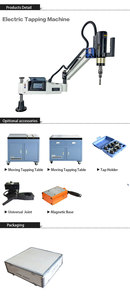



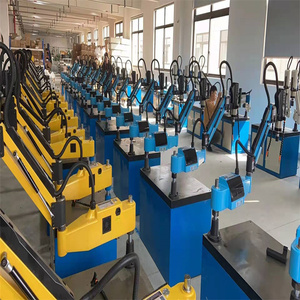
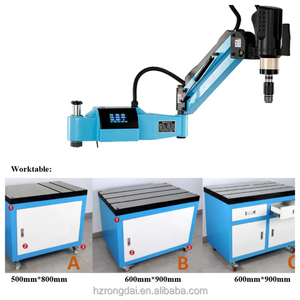
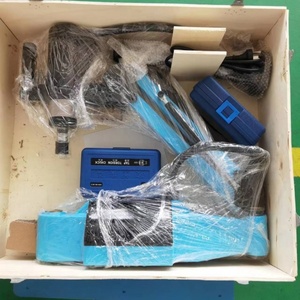




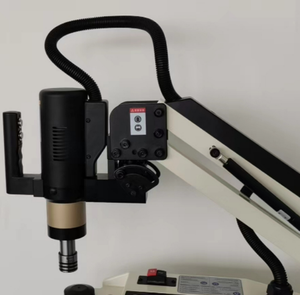




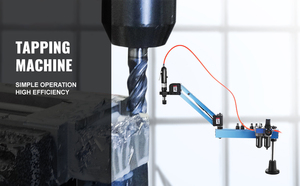











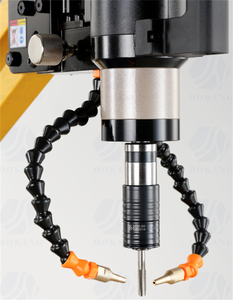
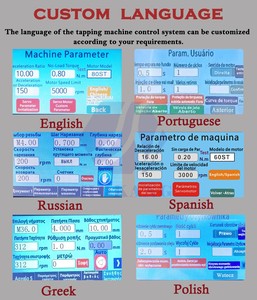
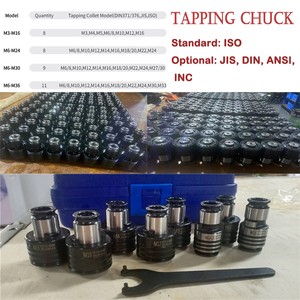
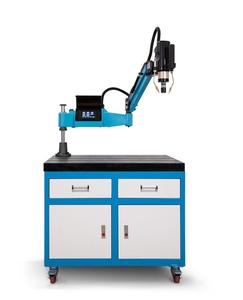












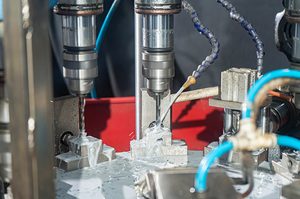
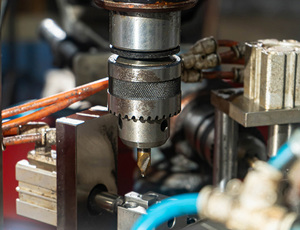


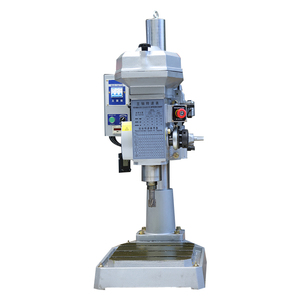

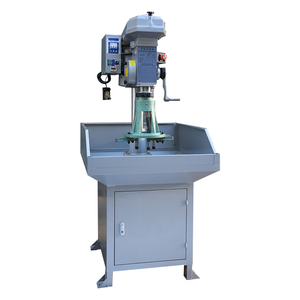
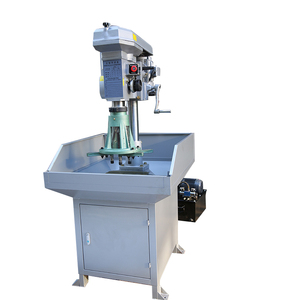


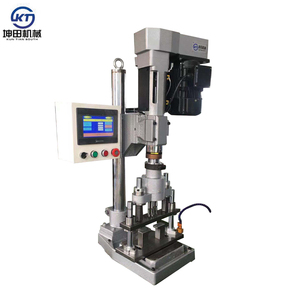



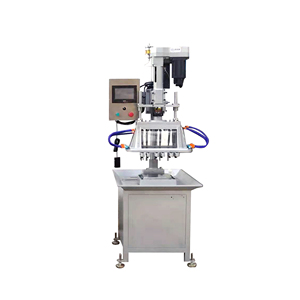




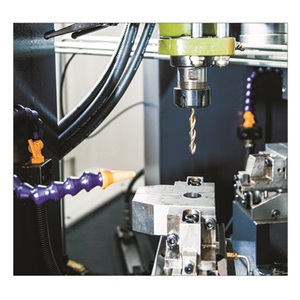



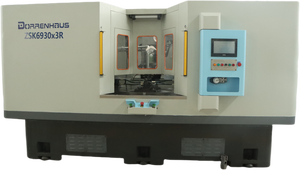
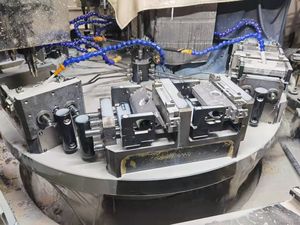

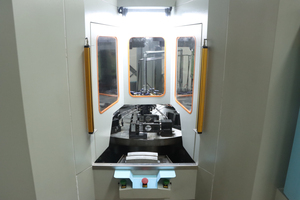

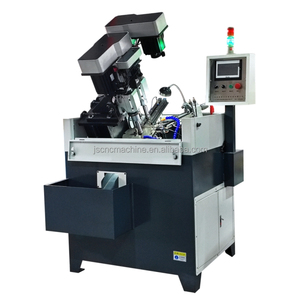


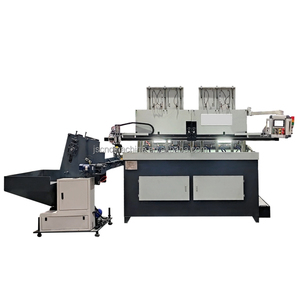

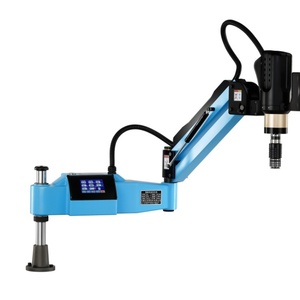











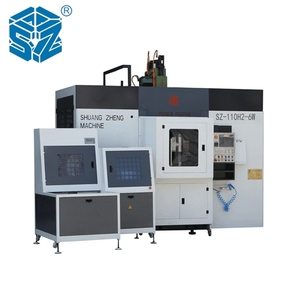

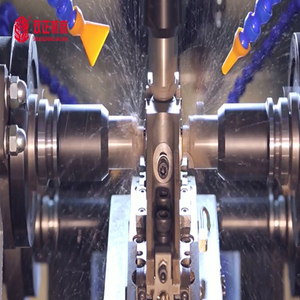

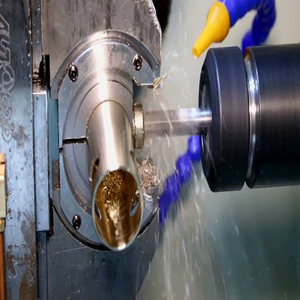


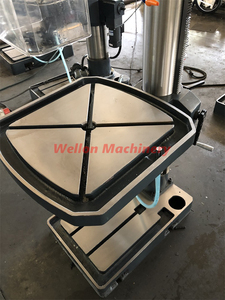




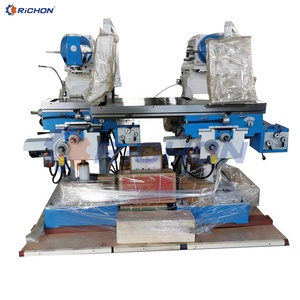
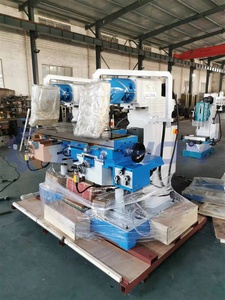




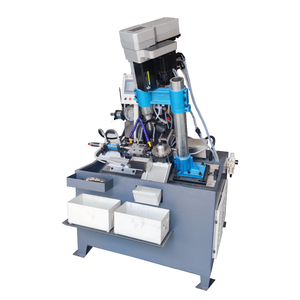
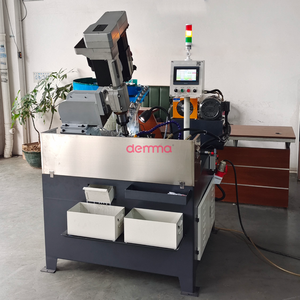


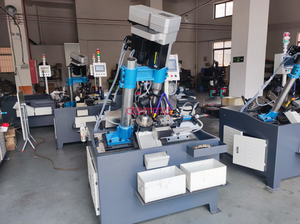



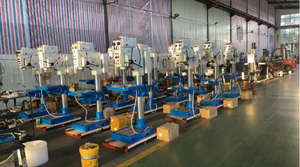
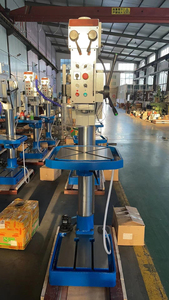









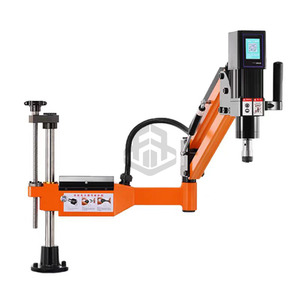
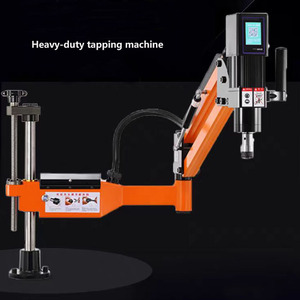





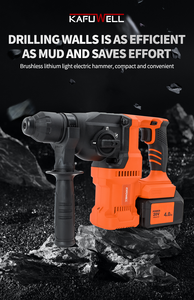




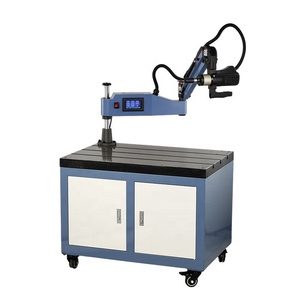


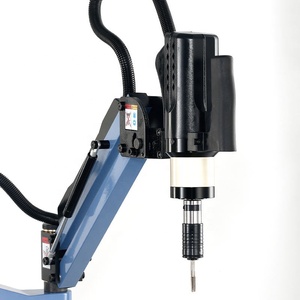
A rotary tapping machine is a machining device that makes threads in various materials.
The following is a list of the different types of rotary tapping machines:
Pneumatic Rotary Tapping Machine
This device uses compressed air to power its tapping action. It can tap threads quickly and efficiently. Operators join the air compressor system to enhance the speed of various industrial applications. The machine has a durable construction that can withstand constant use in demanding environments. Businesses use it for high-volume tapping operations where efficiency is critical.
Handheld Rotary Tapping Machine
This lightweight machine allows operators to move freely. The design gives them the ability to maneuver easily in difficult-to-reach areas. It also provides excellent control for tapping precision. The handheld device connects to a power source to function. While it isn't as powerful as other rotary tap machines, it can complete threading tasks effectively.
Flange Rotary Tapping Machine
Manufacturing industries use the rotary flange tapping machine to make bolt holes in flanges. The machine can cut holes quickly in various materials, including steel. An operator can horizontally or vertically position the machine to tap holes with precision. The rotary machine produces taper, metric, and NPT threads using tapping bushes. It can work with a tap to a size of 2". Using the rotary flange tapping machine saves time and reduces the cost of manpower.
Reversible Rotary Tapping Machine
A key feature of this rotary tapping machine is its reversing functionality. It can tap threads in both clockwise and anti-clockwise directions. This tapping device offers flexibility and versatility for various applications. It may also eliminate the need to remove tapped components to enhance efficiency.
Brushless Rotary Tapping Machine
This machine uses a brushless motor for efficient power delivery. The motor provides high torque at low speeds for precise tapping. It also offers a maintenance-free operation and long service life. A major benefit of the brushless motor is increased durability in tough work conditions.
Generally, specifications differ according to each machine's make and model. Below are some common specifications one is likely to find when looking at a tapping machine:
Capacity:
This refers to the maximum diameter and size of a hole the machine can tap. For example, a machine may have the capacity to tap holes up to 1/2 inch in diameter, with 1/4 inch as its maximum tapped hole size.
Tapping Speed:
This refers to the maximum rotational speed of the spindle when the machine is in use. The speed is usually measured in revolutions per minute (RPM). For example, some tapping machines can have a speed of 2800 RPM.
Power:
This refers to the machine's motor power expressed in horsepower (HP) or watts (W). For tapping machines, it is common to find specs that indicate a power rating of 1/2 HP or 400 W.
Spindle
The Spindle refers to either the size or type, such as taper or straight that grips tapping tools. The spindle control system may also be specified in some machines, for instance, whether it is manual or automatic.
Collet/Chuck:
Depending on the job at hand, the tapping tool may be fitted with a collet or chuck. Specifications may be provided on the type and size of the tapping tool.
Clutch System:
Some machines are fitted with a clutch system for overload protection. This allows the machine to handle different materials easily and provides controlled tapping.
Workst
These are fixtures used to secure workpieces. Depending on the machine, these may be a vise, clamp, or fixture. Some workstations may have a maximum opening size that can accommodate different workpiece sizes.
Machines that have electronics may need to be recalibrated from time to time to ensure they are operating efficiently and accurately. Refer to the manufacturer's instructions to ensure that the machine is appropriately maintained and cleaned. In general:
Rotary tapping machines are versatile tools with applications in different industries that involve machining, manufacturing, and repair. Here are some of the common applications of rotary tapping machines.
Before investing in an expensive rotary tapping machine for sale, it's necessary to conduct a thorough market survey and know the buyers' requirements. A buyer could be a small business, a startup, or a large-scale industry with a high volume of tapping jobs. For this reason, buyers may need different kinds of machines to fulfill their requirements. Here are a few things to consider when buying an industrial rotary tapper:
Depth of Taps:
Not all taps have the same depths. Some are shallow, while others are deep. Rotary tapping machines are essential for quick drilling and tapping of threads for screws. A good machine will efficiently cut threads that are usually 8 to 10 deep.
Drill Size:
Before buying a tapping machine, it's best to know the drill sizes needed for a job. Most machines can handle drill sizes between 1/4 and 1/2. If customers need a specific drill size, they'll need to discuss it with the supplier before making a purchase.
Gear Motor:
A heavy-duty gear motor should be at least 1HP and have a high torque to deal with tough metal drilling jobs. The gear motor can be AC/DC, but a higher horsepower ensures better performance.
Metal Thickness:
Some customers require tapping and drilling of threads in metal as thin as 1/4 and others in heavy sections of 5/8. Knowing the metal thickness will help buyers select the machine with the appropriate torque required to drill through difficult material. The machine should have adjustable tapping speeds to work on different kinds of metals used in various industries.
Power Consumption:
All industries work on a budget. Power consumption is essential, as duties performed and the power used directly affect electricity bills. A tapping machine that performs various jobs due to adjustable speeds and versatility cuts down on costs and may reduce overall tapper purchases.
Automation:
An automated tapping machine can perform multiple jobs on complex components without any manual intervention. Automation will raise the price, but this efficiency might be worth the investment.
Safety Features:
A tapping machine with safety guards, overload, and emergency stop buttons helps protect employees when working in manufacturing facilities. Safety guards should cover all moving parts of the machine to prevent injuries.
Q1: What materials can a rotary tapping machine work with?
A1: Rotary tapping machines can handle a wide range of materials, including metal, wood, plastic, and composite materials. Nevertheless, it is vital to confirm that the machine is compatible with the specific material in question.
Q2: Can a rotary tapping machine be used for threading other than tapered and straight threads?
A2: Yes, machines can be used to make various types of threads, including those that are straight, tapered, and internal or external. For more complex thread forms, one must use specialized taps and possibly a machine with threading capabilities.
Q3: What is the difference between a rotary tapping machine and a regular tapping machine?
A3: Rotary tapping machines use the spindle's rotation to tap the threads, which are better suited for high-speed operations. On the other hand, regular tapping machines may utilize different methods, such as tapping by reverse rotation or tapping without reversing. Rotary tapping machines are generally more efficient at tapping threads in various materials.